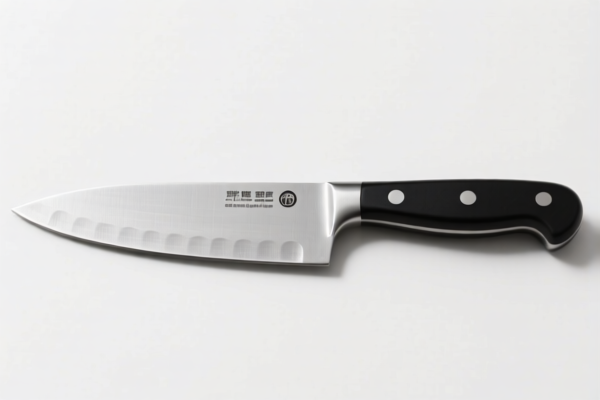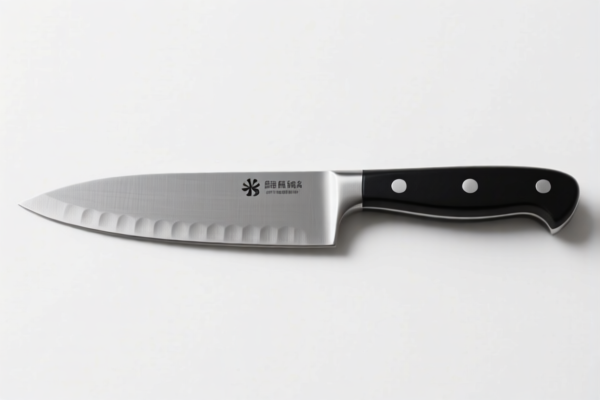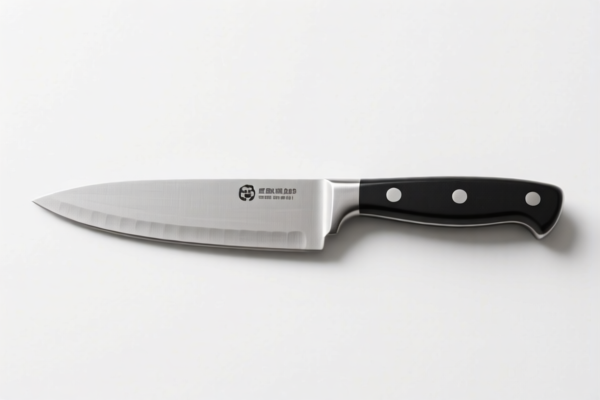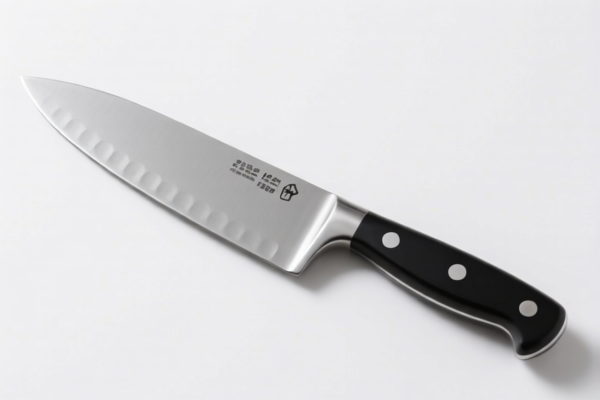| HS Code | Official Doc | Tariff Rate | Origin | Destination | Effective Date |
|---|---|---|---|---|---|
| 9016002000 | Doc | 58.9% | CN | US | 2025-05-12 |
| 9016006000 | Doc | 58.3% | CN | US | 2025-05-12 |
| 9031808085 | Doc | 30.0% | CN | US | 2025-05-12 |
| 9031804000 | Doc | 55.0% | CN | US | 2025-05-12 |
| 8504909690 | Doc | 55.0% | CN | US | 2025-05-12 |
| 7323997000 | Doc | 60.3% | CN | US | 2025-05-12 |
| 7323993000 | Doc | 63.2% | CN | US | 2025-05-12 |




Kitchen Scale
A kitchen scale is a weighing device used in cooking and baking to measure the mass of ingredients and finished products. They are valued for their accuracy, particularly when precise measurements are required for recipes.
Material
Kitchen scales are constructed from a variety of materials, impacting their durability, aesthetics, and price point. Common materials include:
- Stainless Steel: Offers high durability, hygiene, and ease of cleaning. Frequently used for the weighing platform and bowl.
- Plastic: Lightweight and affordable, often used for the base and housing. Quality varies significantly; higher-grade plastics are more durable.
- Glass: Primarily used for platforms, offering a sleek aesthetic. Tempered glass is employed for strength.
- ABS Plastic: A robust type of plastic often used in digital scale housings.
Purpose
The primary purpose of a kitchen scale is to provide accurate weight measurements for:
- Recipe Adherence: Ensuring correct ingredient ratios for consistent results in baking and cooking.
- Portion Control: Managing food intake for dietary purposes or specific nutritional needs.
- Food Costing: Determining the weight of ingredients for recipe costing and profitability in professional kitchens.
- Precision Baking: Crucial for recipes where weight is more accurate than volume (e.g., macarons, bread).
Function
Kitchen scales function using different technologies:
- Mechanical Scales: Utilize springs to measure weight. These are typically analog displays and require manual calibration. Less accurate than digital scales.
- Digital Scales: Employ load cells to convert weight into a digital readout. Offer higher precision, tare function, unit conversion, and often additional features.
- Balance Scales: Less common in modern kitchens, these compare the weight of an item to known weights.
Usage Scenarios
- Home Cooking/Baking: Most common use case, for everyday recipe preparation.
- Professional Kitchens: Essential for consistent product quality and accurate costing.
- Dietary Tracking: Measuring portions for weight management or specific health needs.
- Coffee Brewing: Precise measurement of coffee beans for optimal extraction.
- Jewelry Making/Small Parts Weighing: Some scales with high precision are used for non-food applications.
Common Types
- Analog Scales: Traditional spring-based scales, typically less expensive but less accurate.
- Digital Scales: The most popular type, offering a clear readout and multiple features.
- Platform Scales: Larger scales designed for weighing heavier items.
- Hanging Scales: Used for weighing items suspended from a hook.
- Baby Scales: Specialized scales for weighing infants, often with features like growth tracking.
- Smart Scales: Connect to smartphones via Bluetooth, offering features like nutritional information tracking and recipe integration.
- Postal Scales: Smaller scales used for weighing letters and packages, sometimes used for small kitchen items.
Kitchen scales fall under the classification of balances and measuring instruments. Here's a breakdown of relevant HS codes based on the provided information:
- 9016002000: This HS code covers “Balances of a sensitivity of 5 cg or better, with or without weights; parts and accessories thereof: Electrical balances and parts and accessories thereof”. Chapter 90 relates to measuring or checking instruments, appliances and machines. Heading 16 specifically addresses balances and scales. Subheading 0020 focuses on electrical balances. This is applicable if the kitchen scale is an electrical balance with a sensitivity of 5 cg or better. The total tax rate is 58.9%, comprised of a 3.9% base tariff, a 25.0% additional tariff, and a 30% additional tariff effective after April 2, 2025.
- 9016006000: This HS code covers “Balances of a sensitivity of 5 cg or better, with or without weights; parts and accessories thereof: Other: Other”. This applies to balances (including kitchen scales) that are not specifically electrical balances or do not meet the 5 cg sensitivity requirement. The total tax rate is 58.3%, consisting of a 3.3% base tariff, a 25.0% additional tariff, and a 30% additional tariff effective after April 2, 2025.
- 9031808085: This HS code covers “Measuring or checking instruments, appliances and machines, not specified or included elsewhere in this chapter; profile projectors; parts and accessories thereof: Other instruments, appliances and machines: Other Other”. This is a broader category for measuring instruments not specifically classified elsewhere. If the kitchen scale doesn't fit neatly into the balance classifications, this code might be applicable. The total tax rate is 30.0%, consisting of a 0.0% base tariff and a 30% additional tariff effective after April 2, 2025.
It's important to determine the sensitivity of the kitchen scale (whether it's 5 cg or better) and whether it is an electrical balance to accurately classify it under either 9016002000 or 9016006000. If it doesn't fall into these categories, 9031808085 may be considered.
Customer Reviews
No reviews yet.